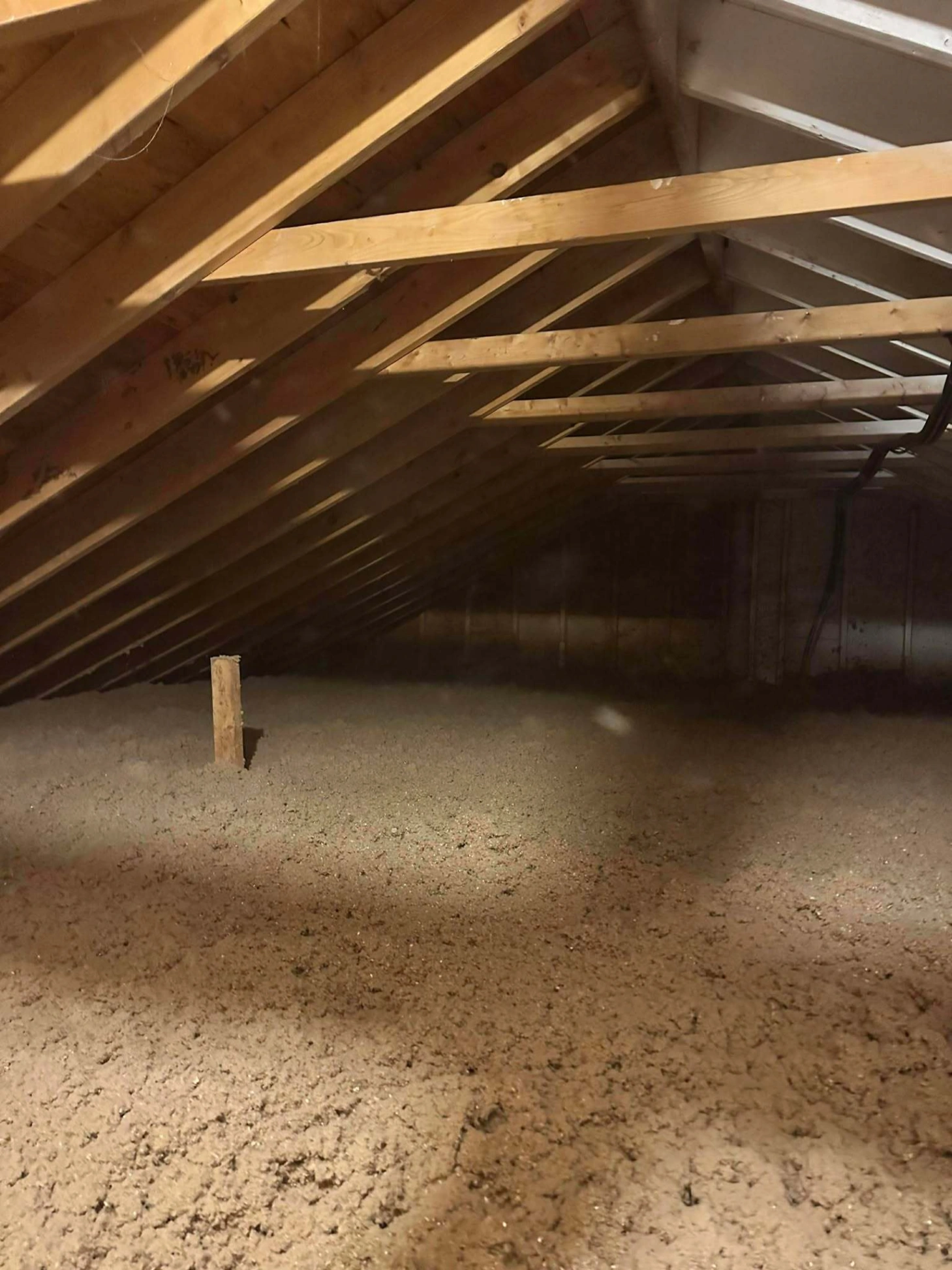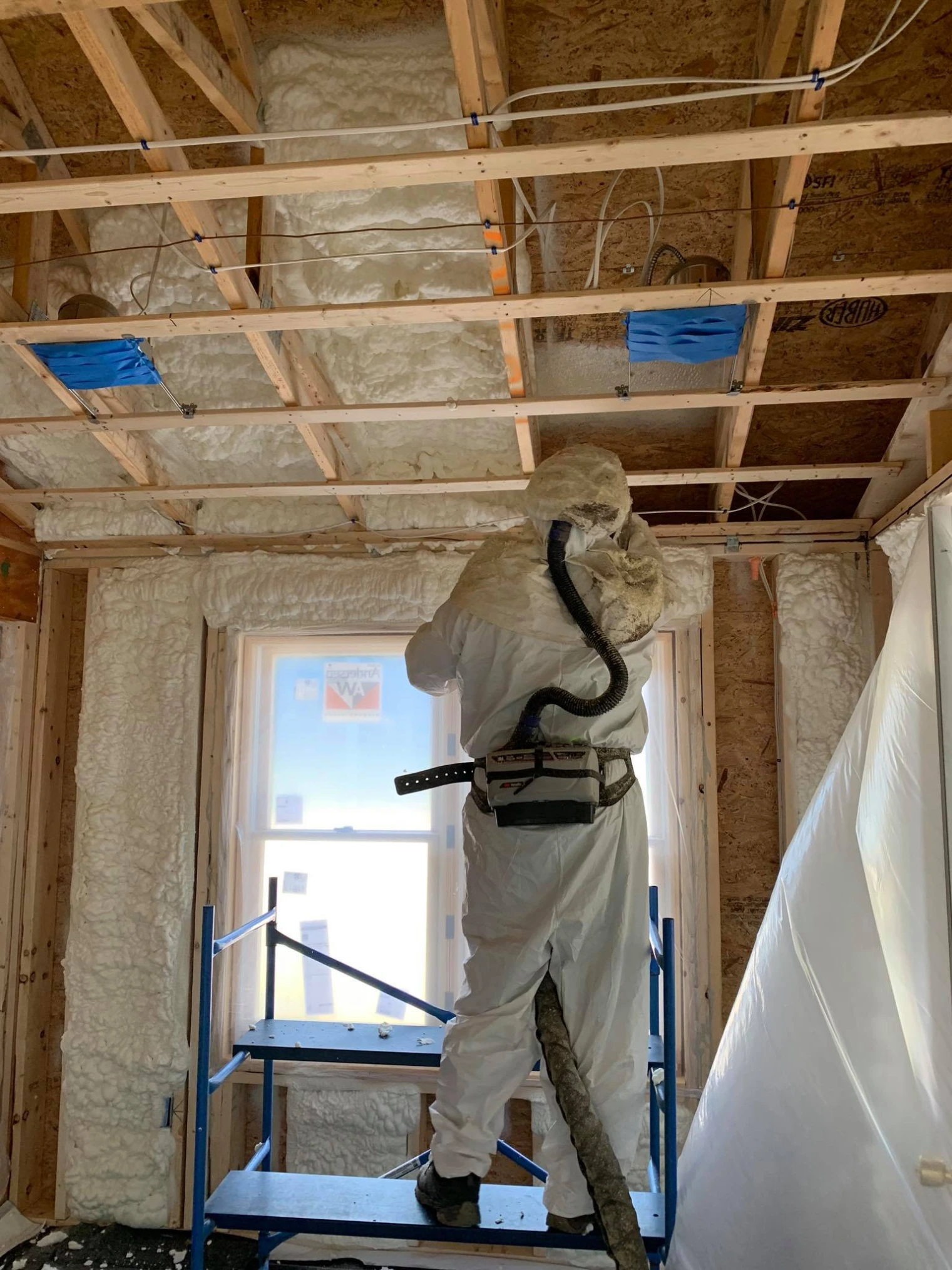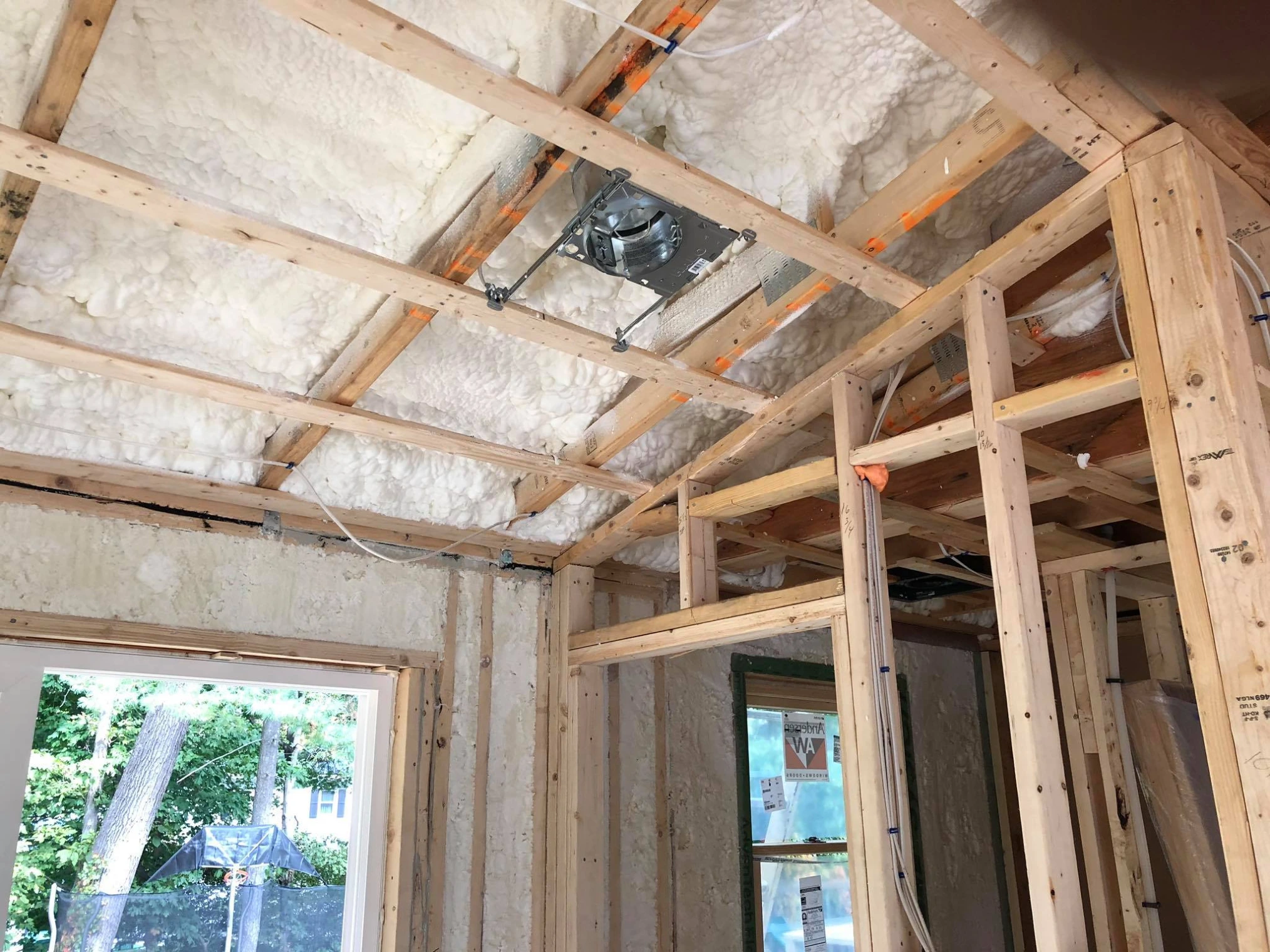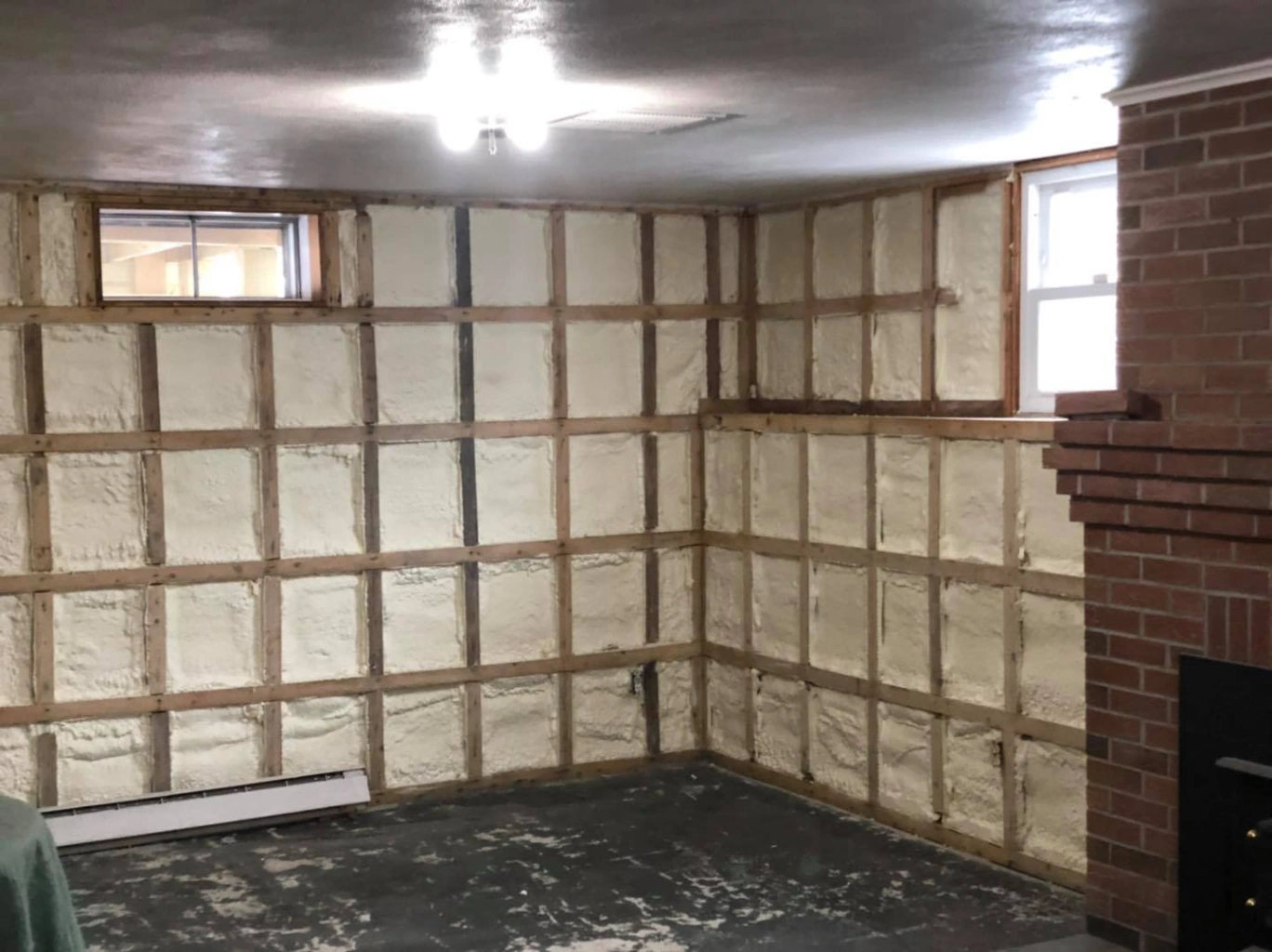

Open-cell spray foam is preferred over closed-cell for many interior insulation projects because it offers superior sound absorption, cost efficiency, and structural flexibility in wall cavities and ceilings. It expands more during application, filling gaps and irregular framing more effectively without adding unnecessary weight or rigidity.
Closed-cell foam, while denser and more moisture-resistant, often exceeds the structural and vapor barrier needs of interior spaces. Its higher cost and rigidity can create installation challenges in existing construction, particularly in homes where seasonal temperature swings demand breathable insulation layers.
This content draws on the field knowledge of Lamothe Insulation & Contracting‘s installation teams, combining hands-on experience with industry standards to guide sound decision-making.
| Feature | Open-Cell Spray Foam | Closed-Cell Spray Foam |
|---|---|---|
| Expansion Rate | 100x original volume | 30-40x original volume |
| R-Value (per inch) | ~3.6-3.9 | ~6.5-7.0 |
| Vapor Barrier | No | Yes |
| Sound Dampening | Excellent | Limited |
| Breathability | High | Low |
| Best Use Case (Interior) | Wall cavities, ceilings, sound barriers | Small areas needing high R-value or moisture control |
| Structural Rigidity | Semi-flexible | Rigid |
| Moisture Resistance | Moderate | High |
| Ease of Removal/Retrofit | Easier to remove and modify | More difficult to alter once cured |
| Specification | Open-Cell Spray Foam | Closed-Cell Spray Foam |
|---|---|---|
| Density (lb/ft³) | 0.5 – 0.75 | 1.75 – 2.2 |
| Air Barrier @ 3.5″ | Yes | Yes |
| Perm Rating (10 mils) | ~10 | ~1 |
| Fire Resistance Rating | Can meet code with coating | Can meet code with coating |
| Application Temperature Range | 40°F – 120°F | 50°F – 130°F |
In Massachusetts and the surrounding region, open-cell foam provides a balance between breathability and thermal resistance. It helps manage indoor humidity without trapping moisture inside wall assemblies, which can be a concern during winter freeze-thaw cycles. This is especially relevant for older homes with less predictable framing and airflow paths.
Closed-cell foam may be over-specified for interiors unless moisture control or extremely tight envelope sealing is required. In such cases, it is better suited for basements, rim joists, or exterior walls exposed to wind-driven rain.
Bonus Tip: In attics where HVAC units are located, open-cell foam minimizes energy loss while helping to control sound transfer and vibration from mechanical equipment.

Bonus Tip: Always pair spray foam insulation with proper ventilation and vapor control strategies to avoid trapped humidity, especially in older homes with mixed construction materials.
Lamothe Insulation & Contracting offers direct solutions aligned with both new builds and retrofit interior applications:
It allows vapor diffusion but not air movement. When paired with the right vapor barrier strategy, it’s effective and safe.
Yes, many interior jobs use open-cell in walls and closed-cell in moisture-prone areas for best results.
Not if installed correctly and protected from prolonged water exposure. It retains its properties for decades.
A typical 2,000 sq ft interior insulation project can be completed in 1-2 days, depending on complexity.
To determine the right insulation strategy for your space, consult with professionals who understand how materials perform in real homes.
Lamothe Insulation & Contracting
Phone: (508) 847-0119
Email: [email protected]
It can be sliced or scraped off with standard demolition tools due to its softer structure, unlike closed-cell which adheres more aggressively.
Yes. After curing, it is inert and poses no health risks under standard occupancy conditions.
No. It contains no food value and seals out entry points, reducing pest access compared to fiberglass batts.
Old materials should be removed first to avoid trapping moisture and compromising performance.
When paired with intumescent coatings where required, it meets all fire safety code standards.


